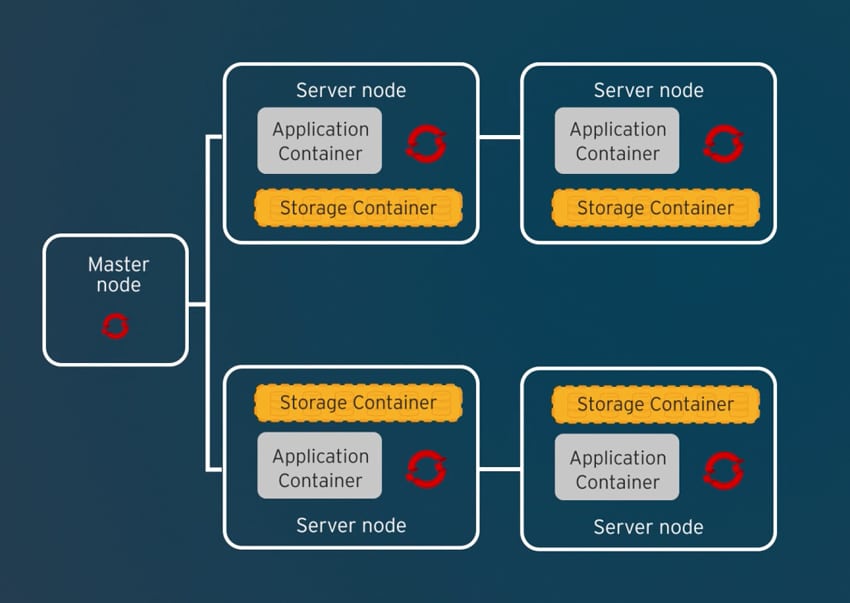This week Red Hat announced the latest version of its popular enterprise Kubernetes platform Red Hat OpenShift Container Storage 3.10 (formerly known as Red Hat Container-Native Storage). Just to point out this is a follow up to OpenShift Container Storage 3.9 and should be thought of as three-point-ten not three-point-one-o. This update adds several features such as arbiter volume support for replication for increased container-based data protection and full production support for block-based workloads.

As more and more organizations embrace digital transformations, they will need to leverage new digital technologies such as containers and Kubernetes. Along with the new technology tools, new workloads and applications are emerging such as artificial intelligence, machine learning, and neural networks. These workloads used to run on bare-metal for the needed performance. Red Hat has worked with partners, such as Kubernetes and NVIDIA, to support several key features of these workloads and make it possible to run them in production. Organizations can use Red Hat OpenShift Container Storage 3.10 in lieu of maintaining workload-specific hardware.
New features include:
- Device Manager plugin support for vendors to easily register devices such as GPUs or FPGAs for performance-sensitive workloads within Kubernetes. Red Hat has worked with key partners such as NVIDIA in bringing this feature to Kubernetes for GPUs
- CPU management for groups of compute resources, and tying specific workloads to those groups – designed for optimizing the performance of applications that need maximum CPU time.
- Hugepages support to help manage hardware for applications with high memory requirements. While this capability is still beta in upstream Kubernetes (as of v1.11), it’s generally available and fully-supported in the latest release of OpenShift.
Availability
Red Hat OpenShift Container Storage 3.10 is available for download now.




 Amazon
Amazon